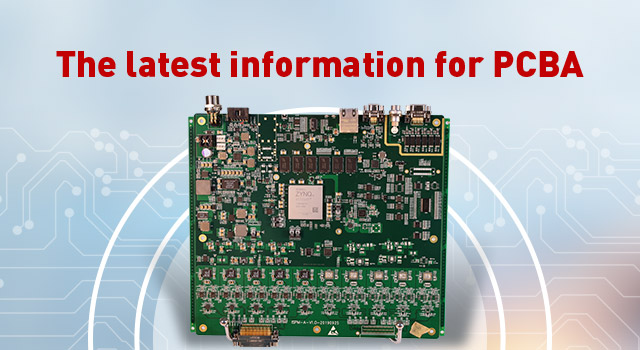
Hazards of ESD during SMT processing
date:Jun 13,2019
Return listHazards of ESD during SMT processing
What are the hazards of ESD during SMTprocessing? ANSI/ ESD S20.20 arethe electrostatic protection standard for SMT production and electronic productsprocessing of the American ESDAssociation. It is the most authoritative standard for electrostatic protection in the international electronics industry. Is the only certificatefor ESDprotection standards?Among them, the company has passed ANSI / ESD S20.20 certificate, indicating that static electricity has been strictly controlled in production, thus ensuring product quality to ensure product reliability.

Static electricity and ESDare ubiquitous in our daily lives, but they are used in electronic equipment and can cause serious damage to electronic equipment. With the rapid development of electronic technology, electronic products have become more and more powerful and smallvolume, but the cost of electrostatic sensitive electronic components is getting higher and higher. This is because high integration means that the line unit will become narrower and narrower, and the ESDcapability tolerance becomes worse and worse. In addition to the large number of new materials’special device is also static sensitive material, so that the electronic components, especially the semiconductor devicefor SMTprocessing, production, assembly and maintenance environment electrostatic control requirements are getting higher and higher.
On the other hand, in the environment of electronic product SMT processing, production, usageand maintenance, a large number of various polymer materials that are easy to generate static electricity are used, which undoubtedly brings more difficulties and challenges to the electrostatic protection of electronic products.
ESDhas two kinds of damage to electronic products: sudden damageand potential damage. The so-called sudden damage refers to the device being seriously damaged and losing its function. This type of damage can usually be detected in the quality inspection of the production process, so the main cost bring to the factory is the cost of rework maintenance.
The potential damage is the damaged part of the device, the function has not been lost, and can not be found in the inspection production process , but the product will become unstable and good or bad both exist in usage, so the quality of the product constituteslarger damage. Among these two types of damage, the potential failure is over90%, and the sudden failure is only 10%. That is, 90% of the electrostatic damage is undetectable, and it is found when the userreceive it, such as frequent crashes, automatic shutdown, poor call quality, high noise, time difference, key errors and other problems mostly involving in electrostatic damage.
Because of this, ESDis considered to be the biggest potential killer of electronic products, and electrostatic protection has become n important part of the quality control of electronic products.
In fact, the electronics industry has a long history of static electricity. From the emergence of electronic products, especially transistors, this issue has begun to be recognized and valued.

